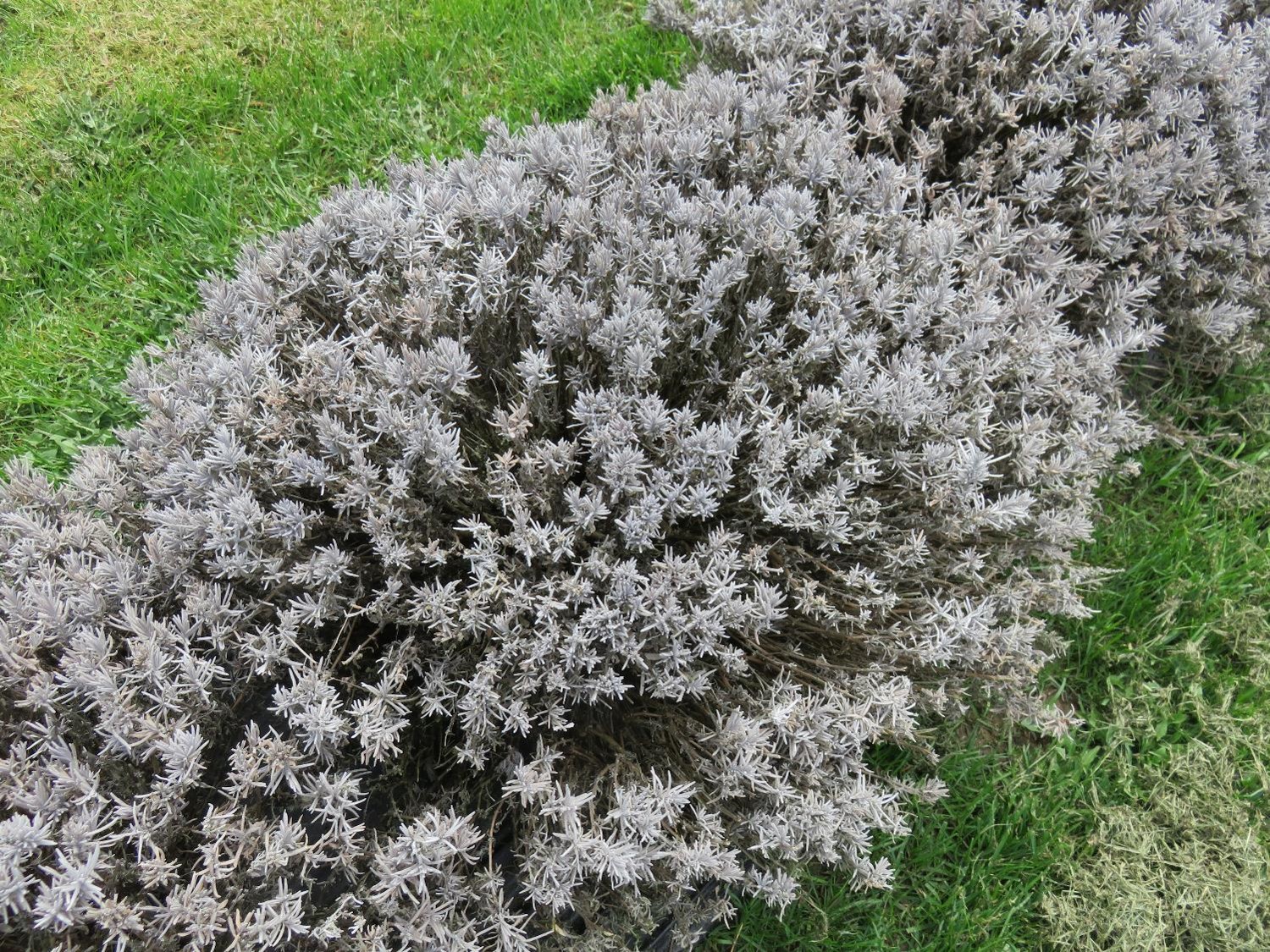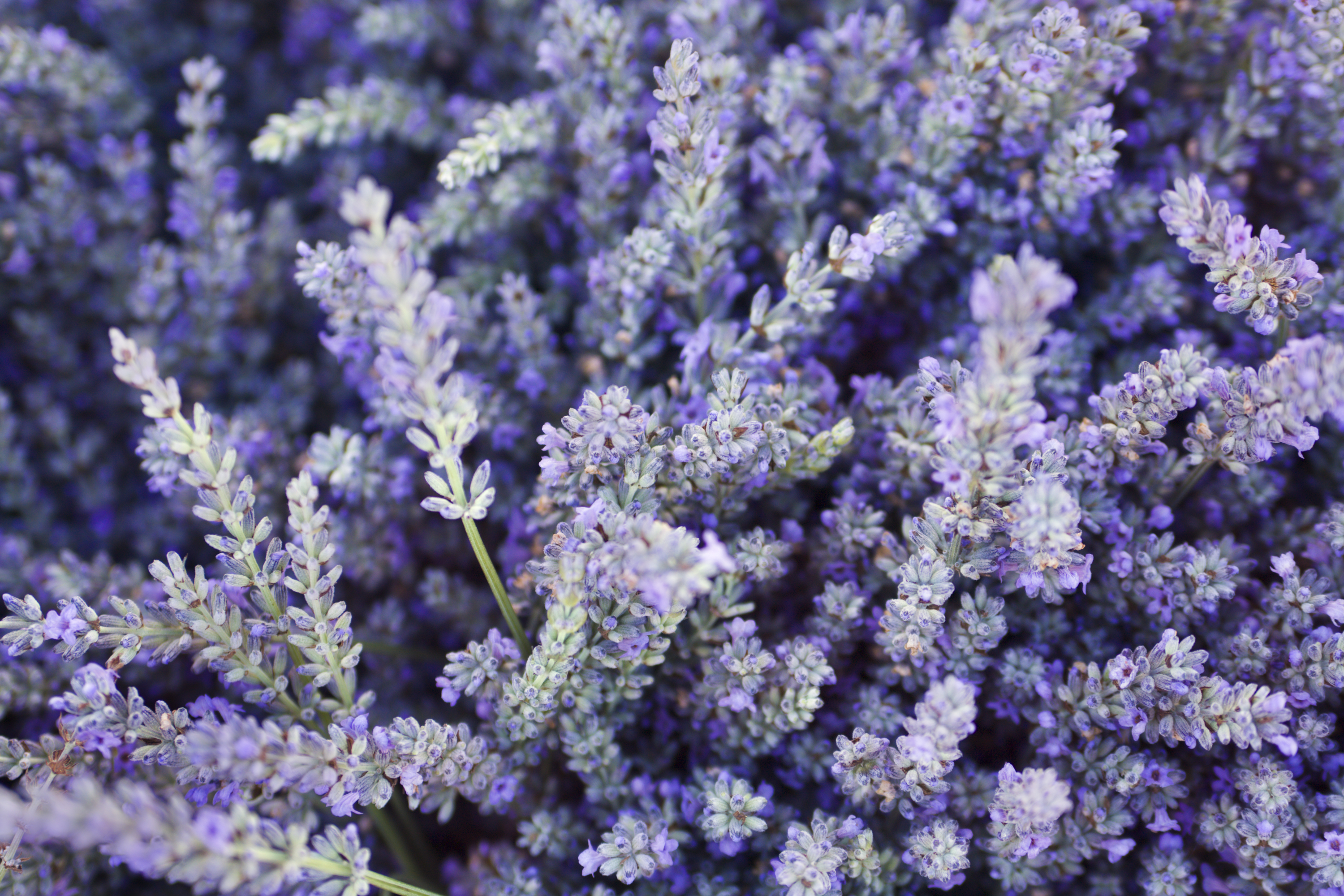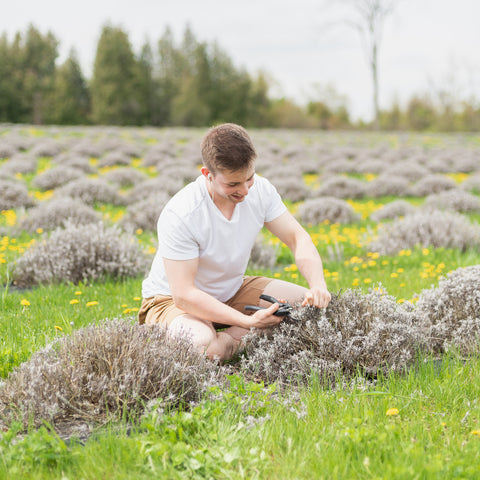
Depending on your climate, French lavender may or may not survive the winter. French lavender cannot survive the winter in locations that often encounter frost, snow, ice, and low temperatures since it is not cold hardy (USDA zones 7-9).
French lavender is a plant that is native to the Mediterranean region of Europe. It grows well in the mild climate of southern France, where it is heavily grown for lavender oil.
Table of Contents
Climates French Lavender can Survive Winter
Only warm winters with only sporadic overnight lows of 10°C (50°F) will allow French lavenders to survive. Only English lavenders are cold-tolerant and will endure frost (hardy to USDA zone 5).
French lavenders will thus only flourish in warmer environments that are similar to their original Southern Europe in terms of climate.
Incessant frost and subfreezing weather will kill French lavender plants.
French lavenders must be planted in pots if you want to cultivate them in milder climes. Growing lavenders in pots or containers has the special benefit of allowing you to enjoy their delicious aroma and lovely blossoms when the plant is outdoors during the summer.
You can bring the pot indoors for safety when winter approaches and the temperature drops below 10°C at night. Once the weather warms up for the upcoming growing season, you can bring the pot back outside.
(You can learn more about the best techniques for growing lavender in pots in my article titled “Growing Lavender in Pots”).
Increase the Chance of French Lavender Surviving Winter

- Avoid pruning French lavender plants too late in the growing season. To preserve a lovely mound form, it is recommended to give french lavender a good pruning in the spring. Pruning will promote greater flower development, keep the lavender from being leggy, and increase its lifespan. French lavender can be harvested for its flowers and fragrant foliage (to produce potpourri or for decoration) during the summer, but pruning should not be done after late August. French lavender needs some time to mend after being pruned so that it can withstand the colder winter temperatures because it is delicate and susceptible to cold. (Learn more about pruning lavender and keeping it looking tidy.)
- Make sure the lavender is buried in the right kind of soil. Lavenders must grow on soil that drains well and doesn’t hold onto moisture. The roots of the French lavender will spend months in cool, moist soil if the soil is overly rich in organic matter, which will happen if winter temperatures are lower. Because moist soil has a lower temperature than dry soil, this will almost certainly induce root rot or stress the plant. To ensure that the soil structure will allow water to permeate quickly so that it drains away from the roots, amend the soil with roughly 30% sand or gravel to 70% organic soil or potting mix. (Read more about the ideal soil mixture for lavender plants in pots in my article.)
- Unless it’s indoors in a pot, avoid watering outdoor French lavender over the winter because it’s dormant and will get enough moisture from the surroundings. Contrary to the dry soil conditions that lavenders prefer, more water will stay in the soil for a longer period of time throughout the winter. (Read how often to water lavenders to find out how much and how regularly to water lavender under various circumstances.)
- Clear the area around your lavender of any leaves and other organic material since organic matter is particularly effective at retaining moisture, which will harm French lavender.
- As the earth works as insulation, shielding the lavender’s root system from the cold, planting french lavender in the ground might give it additional protection from cold weather. However, if winter temperatures in your region tend to fluctuate, I would advise planting french lavender in a pot rather than in the ground and bringing the plant indoors if there is a forecast for frost, snow, ice, or freezing temperatures. This will mean that you cannot easily move the lavender indoors if the temperature drops drastically.
- If you have French lavender in a pot, it’s crucial that the pot is at least 16 inches across. The amount of soil in a large container will increase. The soil insulates against the cold and takes longer to dry up during the hot summer months. The roots of French lavender will be more exposed and more susceptible to stress from cooler temperatures if the pot is too small. French lavender is already susceptible to cold. (Read my article on the ideal lavender pot.)
- If you live in a chilly climate, bring French lavender indoors for the winter and position by a window that gets enough of sunlight.
Even with the best winter care, French lavenders often only live 4 to 5 years, which is far shorter than English lavenders.
French Lavender Care Indoors for Winter Protection

Even though it won’t be as strong as it was during the growth season, the foliage will still give out some scent within your house.
The solution is more complicated than simply bringing the plant inside and leaving it there till spring. There are some particular care guidelines that you must be aware of.
- Given that they are dormant, indoor french lavender plants only need to be watered once every four weeks. Lightly water the plant to prevent the soil from drying up during the course of the winter.
- French lavenders need as much sun as they can get even while they are dormant. Place the lavender plant in the sunniest window in your home, and it should survive until it’s time to bring it back outside as the weather warms.
- Avoid placing the lavender in the path of strong air currents or draughts, such as those produced by radiators or forced air. While in its dormant condition, French lavender can become too warm from inside heat, but in most homes, the plants can handle any temperature changes.
Key Learnings:
- French lavender cannot handle cold winters with frost, ice, or snow; it can only survive winter in warmer climes (USDA zones 7-9).
- French lavender can be grown in pots in colder climates, provided they are taken inside before winter and ideally positioned by the sunniest window in the house.
- It is crucial to grow French lavender in soil that drains effectively because this will reduce the likelihood of root rot in cold, damp winter soils.
- Over the winter, reduce watering of French lavender. French lavender plants growing outside will get the right amount of moisture. If you have moved the pot indoors, water it once every 4-6 weeks or during the winter. When the weather heats up again, start watering it generously once every two weeks.
- English lavenders can withstand cold temperatures and frosts better than French or Spanish varieties, and they are hardy up to USDA zone 5.
- French lavender should be grown in a large container (16 inches wide) to protect the roots from the cold.
- The lifespan of French lavender is only 4 to 5 years, even with proper care.
